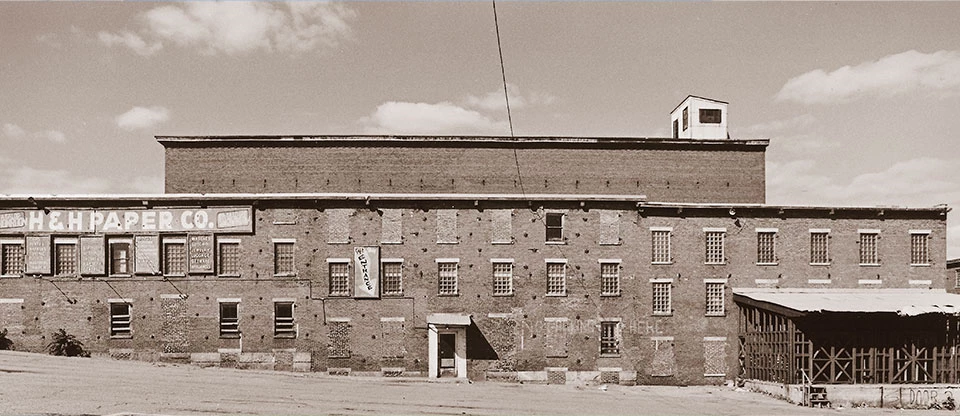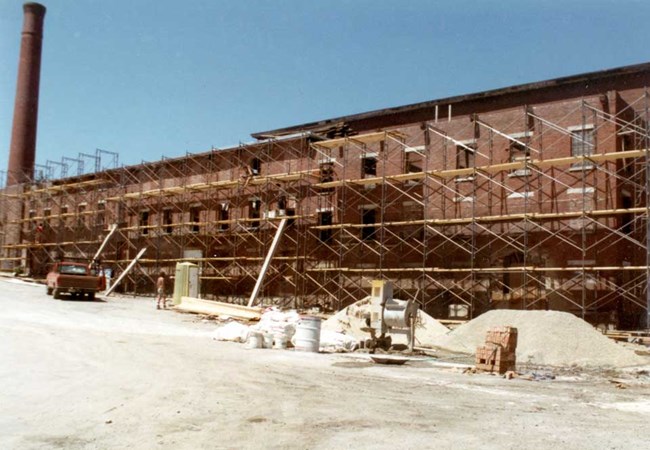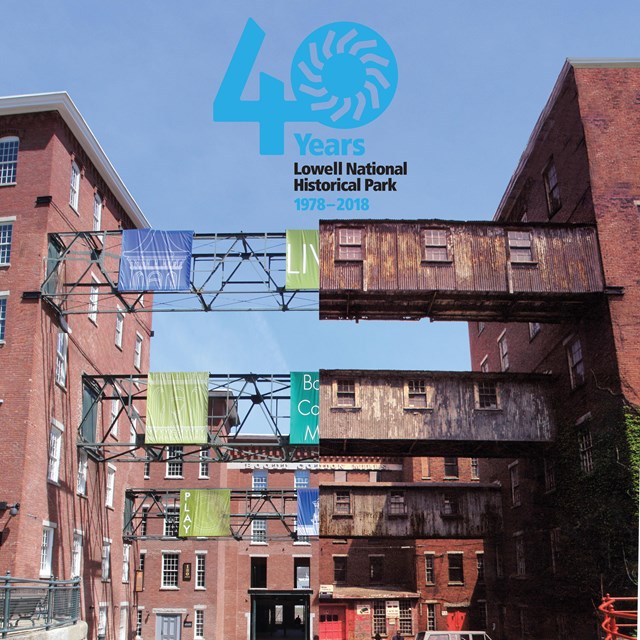

Left image
Right image

Harley Collection In 1966, Mogan and a group of civic leaders obtained funding through President Johnson’s Model Cities program. Their project combined preservation and education in the historic Acre neighborhood. Mogan led the education part of the project. They scaled up their plans to encompass more of the city. Mogan and his allies referred to their ideas as the “City as a Classroom,” and the area as an “Urban Cultural Park.” In 1970 the U.S. Department of the Interior announced plans to create fourteen new parks near urban areas. This seemed like a perfect opportunity for Mogan’s vision to be realized. Initially, National Park Service officials did not believe enough sound historic structures survived in Lowell to warrant National Park status. In 1974 Paul Tsongas won a seat in Congress and was determined to keep up the fight. In 1975 Congress established the “Lowell Historic Canal District Commission” to investigate the viability of a historical park in Lowell. With the 1978 legislation introduced by Paul Tsongas, Congress created a new park to be managed by the National Park Service. Based on the report of the Historic Canal District Commission, the bill also established the Lowell Historic Preservation Commission to supervise a downtown “Preservation District” for a finite period of time. The Commission continued until 1995. The park now sits in the heart of the Preservation District. With the establishment of the park and the commission, Lowell’s activists and civic leaders had achieved their immediate goal and began the long process of turning their vision into a reality. 
Lowell Sun |
Last updated: August 16, 2019






